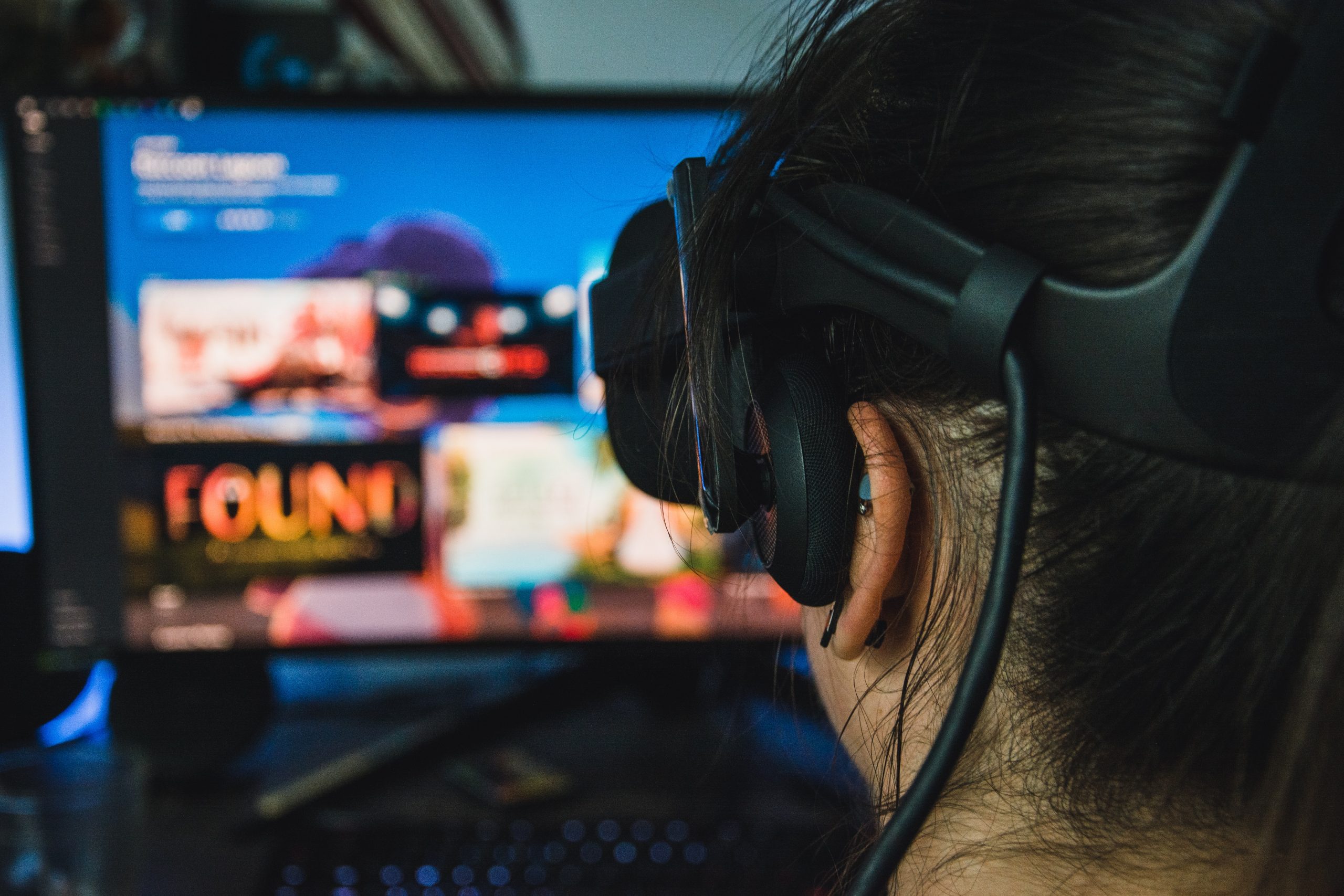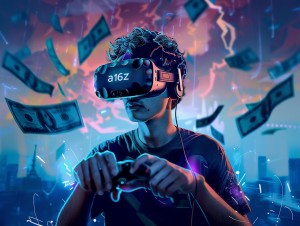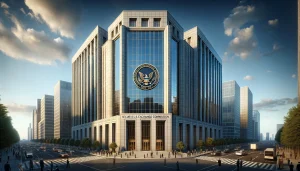With a number of metaverse projects already in the marketplace, one of the first things you’ll notice is how many of them are based around land. Whether it’s Decentraland with their total of 90,601 10m x 10m land plots or Earth2 and Next Earth with well over a trillion plots, these form the basic foundations of all these projects. Many are built on the initial sales of these lands, acting as a primary stage for jump-starting the whole metaverse itself. With an economy that follows and incorporates a record of land ownership, that can be minted as NFTs on the blockchain.
When we speak of “land” in the sense of using it within metaverses, we are speaking of both the intangible land assets, as found on platforms such as Decentraland and The Sandbox, as well as those tangible assets based on Mapbox versions of the real planet, such as found on Earth2 and Next Earth. From an economic standpoint, land is anything existing without cost from “nature,” that can be used in production. So, though land itself is “passive,” for the sake of metaverses, it’s probably the most important agent for growing an economy. This also includes assets from within the earth itself, such as precious metals and minerals, which are all essential for the production of goods.
The Characteristics Of Real vs Metaverse Land
Let’s have a look at both real and metaverse land, as well as see how we can translate important factors from the real world into virtual metaverse worlds.
Land is a Free Gift of Nature
Land is not the result of human labour. It’s technically free from cost and comes directly from nature. As such, the first man paid nothing to acquire land. Of course, to improve land with farming or fertilizer will incur expenditure. Land has existed long before the advent of man. On metaverses, with land being the building block of an economy, the starting point is the same. Land exists, and is then offered for sale.
The Supply of Land is Fixed
This means that the actual amount of land on the panet can be neither increased or decreased. From an individual standpoint, the supply of and may be flexible. But the overall supply of all land is fixed. Likewise, you can increase an effective land source’s productivity by increasing the intensity of use. Having a fixed supply of land on a metaverse creates a scarcity factor further down the road. This can then be used as an economic stimulus to drive an economy, with land prices rising according to the number of remaining plots and their desirability.
Indestructibility of Land
Though land can be converted according to purpose, it cannot be destroyed. It’s shape and composition may well change, but as land, the total amount will always remain unchanged. Metaverse land is tied up with the creation of NFTs. By using the blockchain, a metaverse is able to bestow ownership, along with ownership rights to the original purchaser. The fact that land is indestructible, means that ownership can be secured, and the same plot will still be there tomorrow.
Land’s Immobility
This dovetails into the fact that land is not physically mobile. Without geographical mobility, it cannot be moved from one place to another. Once again, this allows for clear ownership. Once a plot is marked on the blockchain as yours, it’s not going anywhere.
The Primary Factor of Production
It’s interesting to note that the first man started cultivating and as a means of production. In fact, in the real world, all economic activity begins with land. Whether it’s providing space or raw materials or agricultural land for crops. Metaverses go through similar motions. Everything begins with land, whether it’s being sold or being farmed or mined for precious elements. Only once land has been sold, can any other types of economic building begin.
Effects of Laws of Returns
The law of returns when applied to and means that the more labour and capital invested, then there’s an increase in productivity, though at a diminishing rate. Many multiverses are trying to encourage real world businesses to find their place on the virtual platform. At the same time, the plan is to build real world economies, using factors such as location, property rights and land ownership as stepping stones to the creation of a complete virtual world.
The Functions of Land: Real vs Virtual
Virtually all man-made production relies on land and what’s underneath it. Then there’s what we consume as food. But that’s the real world. In the metaverse, people will not be eating or consuming foods. Therefore, primary activities like animal husbandry, agriculture, forestry and fisheries will serve no purpose. This sigual factor will change the very nature of the virtual economy. On the other hand, if the virtual economy functions around the manufacture of virtual goods, then having access to raw materials and their land-based production facilities scattered around the virtual globe will become an essential part of the metaverse economy.
Land Pricing First
The same holds true with power sources. Will virtual houses on a metaverse need to pay a virtual electricity bill every month? How does the owner of a virtual hydro-electric dam make a return of their investment unless they can charge for power? We have yet to see any metaverse deal with these issues. That’s probably because they are more concerned with land pricing as a means of making a profit, than actual world building. On Decentraland, by buying land, you can then build apps on it. On the map all the locations are titled with names like “Red Light District,” “Fashion Street,” and “Dragon City.” As the eventual goal is a VR/AR world, it’ll be interesting to see how this map, along with all the privately owned properties will look like.
Tokens And Alt-Coins
Though real land has a traditional use in employment, we cannot see this translating into the metaverse. Right now, many metaverse projects are more concerned about creating a virtual currency for their virtual worlds, but one that can be traded on the alt-coin crypto markets. For Decentraland this is represented by it’s virtual currency, MANA. Thanks to continued buzz around the whole metaverse platform, especially with Facebook and Microsoft joining the fray, the virtual currency is making bullish gains.
Metaverse Marketplaces
We can see metaverses being used as a basis for trade, transport and economic growth. Many existing metaverses already have implemented marketplaces for land sales. The new kid on the metaverse block, Next Earth, will open their land sales marketplace in the middle of September. Earth2 has had their secondary land marketplace open since their inception. So trade already exists. As for transportation, most metaverse projects imagine a sort of teleportation system, so whether transportation will be a real thing on metaverses is still a point of contention. Then we come to economic growth.
Looking Forwards
The prosperity of many real modern day countries rests on their geography and geology. An example would be the Arab states, who, thanks to sitting on a major source of the world’s oil reserves, have been able to build a prosperous economy. The fruit farmers of South Africa can thank soil fertility, weather conditions and irrigation. But will a metaverse be any different. Whereas traditional land provides value and function through the use of land for production, how will a metaverse that jumps straight into the building and sales phase fare?
Right now metaverses like Next Earth have understood the importance that the block chain can play in their creation and maintenance. They have embraced NFTs as a source for continuous immutable record keeping, especially with their built-in forward looking contracts. But no metaverse can live and grow on land speculation alone. As in the real world, this will simply end up mirroring the boom and bust of all property bubbles, especially if it’s the sole base of the platform.
So, to sum up, though the utilization of land assets matters, it’s not the be all and end all. In the virtual world, the traditional role of land is pretty much bypassed completely. For a metaverse to grow, it needs to find other businesses wanting to use the platform. A good example would be in the “Voltaire Art District” of Decentraland, where leading real world art auction house Sotherby’s recently set up a virtual gallery to display NFT art. Once real world businesses come aboard, then we’ll see metaverses really start to become relevant in a wider context, as the public will surely follow.





